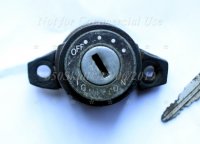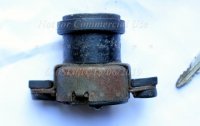XS650D
XS650 Junkie
OK, tested the correct green wire brush and got 10.6 Volts, not good!! I guess I got a really bad connection
somewhere. Yes .3 Volts at key is not great but theres another bad wire or connection somewhere ,not sure were to start!!
All the lights work, no burnt out bulbs to direct me to a potential problem unfortunately. I take it this was
the Rotor eating problem, glad I did not take it out!
somewhere. Yes .3 Volts at key is not great but theres another bad wire or connection somewhere ,not sure were to start!!
All the lights work, no burnt out bulbs to direct me to a potential problem unfortunately. I take it this was
the Rotor eating problem, glad I did not take it out!



